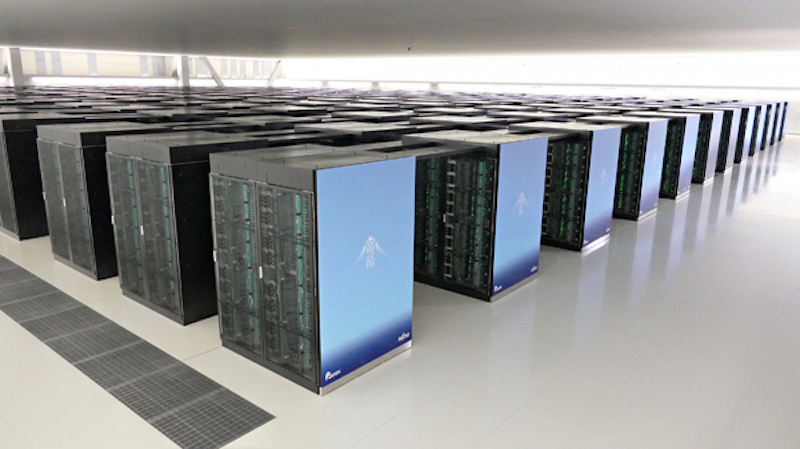Fujitsu to use ‘world’s fastest supercomputer’ for tsunami prediction
Fujitsu, in partnership with other companies and academic institutions, has developed a computing system that will enable the prediction of tsunamis – massive, sudden floods caused by turbulence at sea.
The International Research Institute of Disaster Science at Tohoku University, the Earthquake Research Institute at the University of Tokyo, and Fujitsu Laboratories have developed an artificial intelligence model that will empower disaster management teams with the ability to predict tsunami flooding in coastal areas in near real-time.
The system harnessed the computational power of what is claimed to be “the world’s fastest supercomputer”, Fugaku, jointly developed by Riken and Fujitsu.
As part of the joint initiative, several high-resolution tsunami simulations were carried out using Japan’s flagship supercomputer Fugaku. A new AI model was then created using simulated offshore tsunami waveforms and coastal flooding conditions as training data.
In the event of an actual earthquake, inputting tsunami waveform data observed offshore into this newly created AI model will allow for predictions of flooding conditions in coastal areas before landfall at high spatial resolution.

This will make it possible to more accurately and rapidly obtain detailed flooding forecast data for specific areas, offering critical insights into the effects of localized waves on surrounding infrastructure like buildings and roads in coastal urban areas.
Furthermore, the AI model, trained in advance with Fugaku, can be run in seconds on ordinary PCs, making it much easier to build practical, real-time flood prediction systems, which previously required supercomputers.
Ultimately, this technology offers the potential for disaster management teams to make near real-time, data-driven disaster mitigation and evacuation measures.

